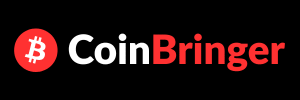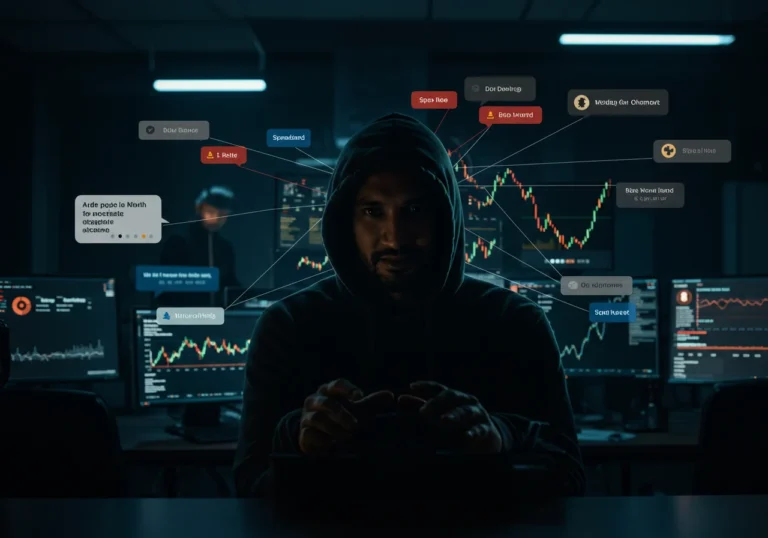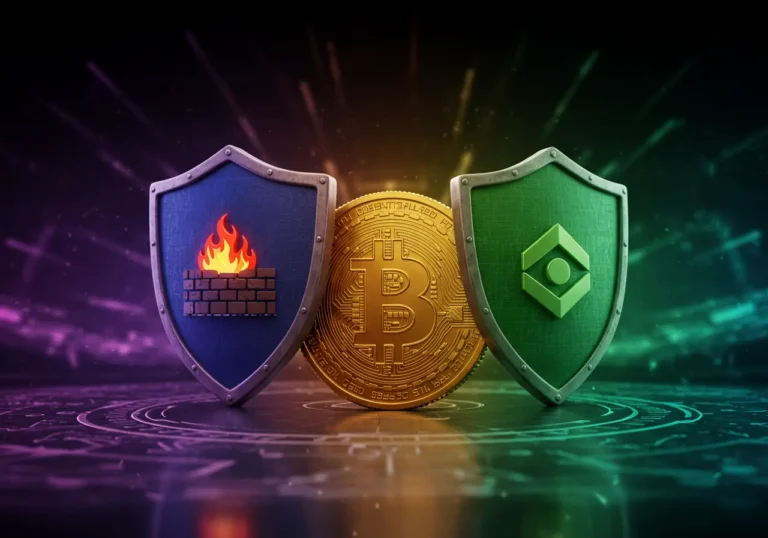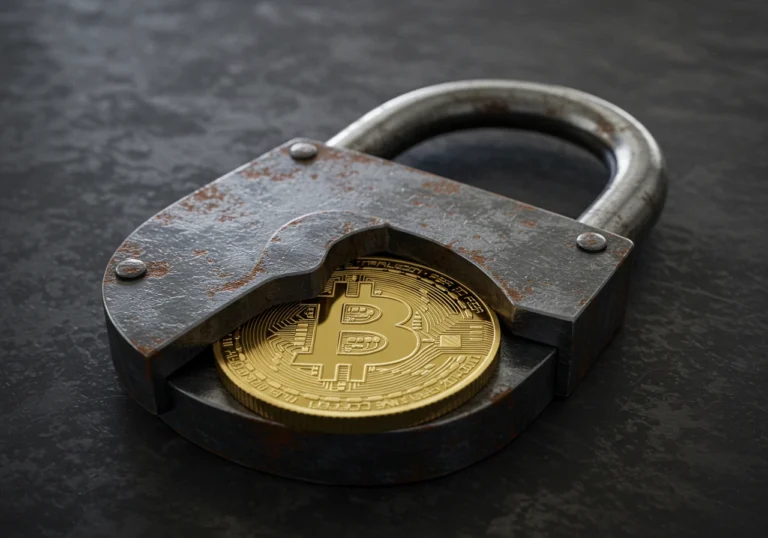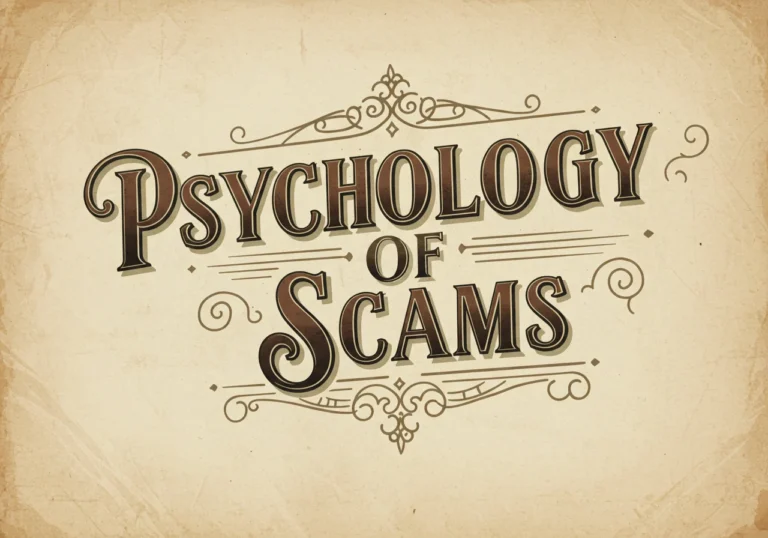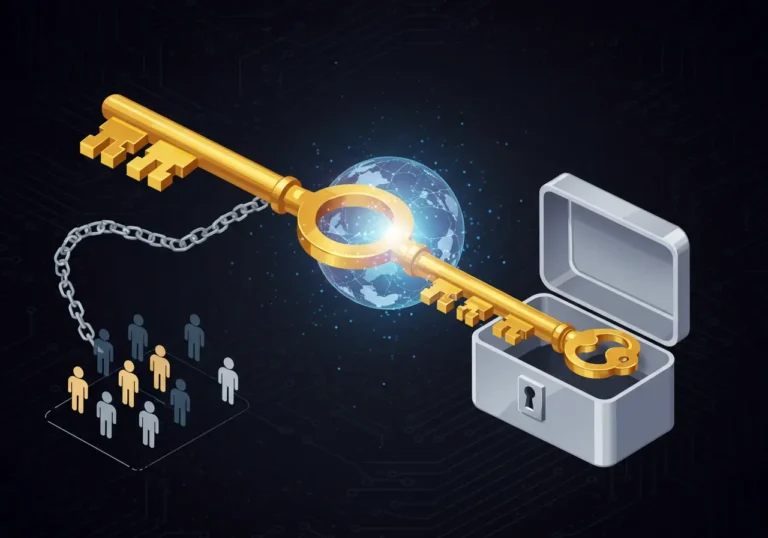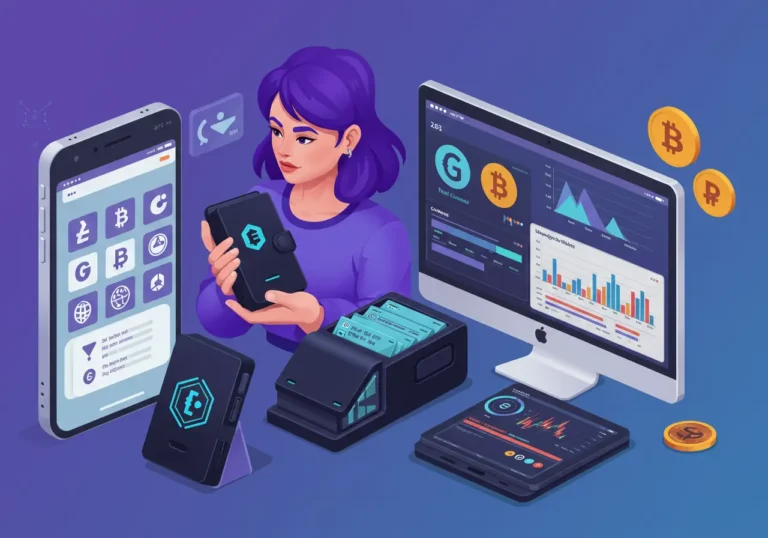Verifiable Credentials: The New Standard for Digital Identity and Trust
People often tell me they feel lost online. Passwords pile up. Accounts get hacked. Proving who you are is messy. I have felt that worry too — when a website asked for documents, or when I had to show my diploma to a new employer. We deserve a simpler, safer way. That is where Verifiable Credentials come in.
Verifiable Credentials are changing how we show who we are, without giving away more than we must. So now i’ll explain what they are, how they work, and why they matter. Let’s begin.
What are Verifiable Credentials?
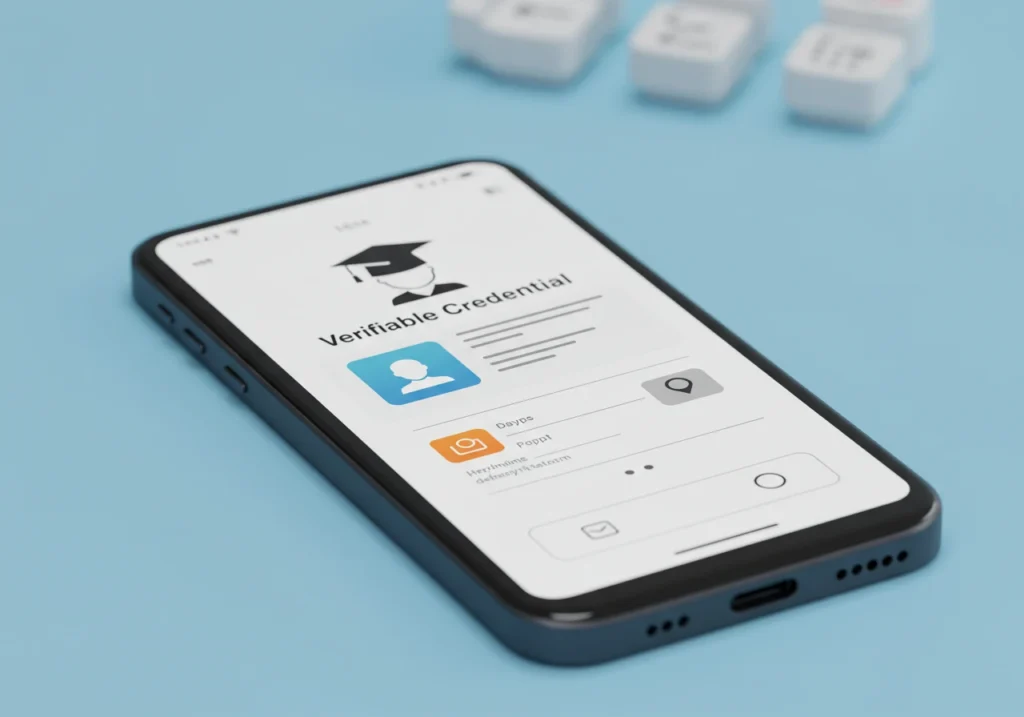
Imagine your driver’s license, but digital. Issued by a trusted source. Signed so others can check it is real. Stored safely on your device. Shared only when you want to. That is the idea behind Verifiable Credentials.
A credential is a claim. It can say:
- “This person passed a course.”
- “This person owns this business.”
- “This person is over 18.”
Verifiable credentials make those claims trustworthy. They include a digital signature. That signature proves the claim came from the issuer. It also shows the claim has not been changed.
The three roles: issuer, holder, verifier
- Issuer: the one who creates the credential. Example: a university giving a diploma.
- Holder: the person who receives and keeps the credential. Example: a student.
- Verifier: the person or service that checks the credential. Example: an employer.
These three roles make the system simple and familiar. It mirrors the paper world. But it works faster and with more privacy.
How Verifiable Credentials actually work
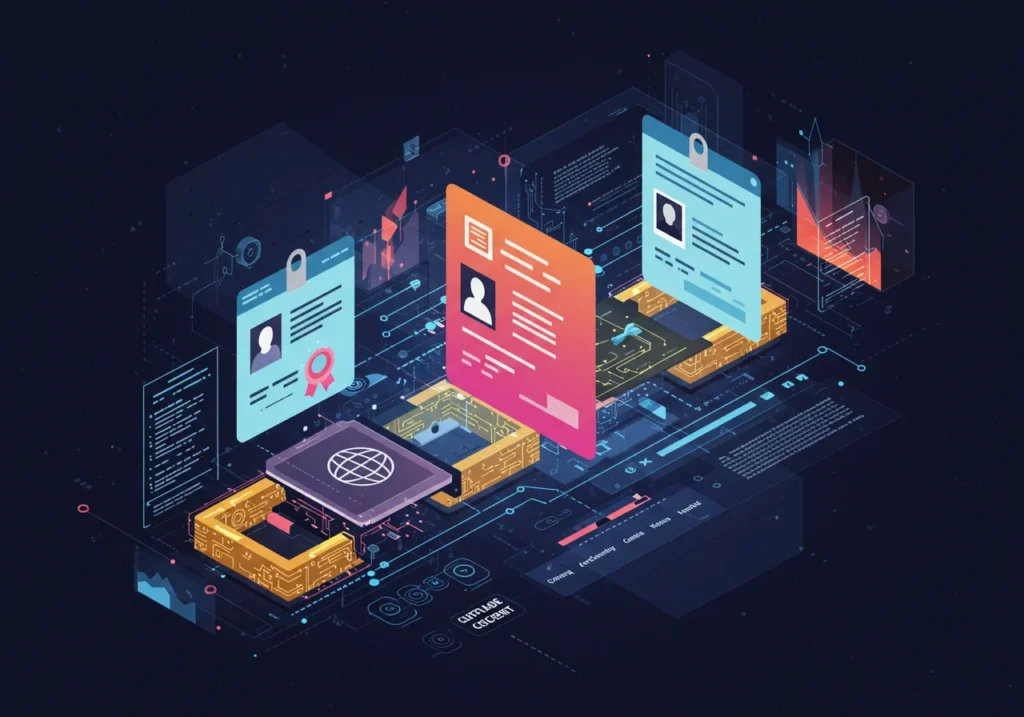
Let me walk you through a simple example.
- A university issues a diploma as a verifiable credential.
- The diploma is signed with the university’s digital key.
- The student receives the diploma in a digital wallet.
- Later, the student applies for a job. The employer asks to see the diploma.
- The student shares the credential or just the part needed (like “degree: yes”).
- The employer’s system checks the signature against the university’s public information. If it matches, the employer trusts the diploma.
Notice two things: the student controls the document, and the employer checks the signature, not the student’s private data.
Digital wallets and storage
A digital wallet holds your credentials. Think of it like an app for your ID and certificates. Good wallets let you:
- Store many credentials.
- Choose what to share.
- Back up safely.
You still need to protect your wallet. But a wallet can be safer than paper left in a drawer.
Why Verifiable Credentials matter — simple benefits
People ask me: “Why switch from paper or PDFs?” Here are the practical reasons.
1. More privacy
You can share only what is needed. If a bar needs proof you are over 21, you don’t have to show your full birthdate or address. That small change keeps more of your information private.
2. Easier verification
Verifiers can check signatures quickly. No long phone calls or fake documents. The process is faster and more reliable.
3. Less fraud
Digital signatures and cryptography make it very hard to fake credentials. That protects employers, schools, and users.
4. Portable and long-lasting
Your credentials travel with you on your phone or secure device. If you move to another country, you can still show your verified school diploma.
5. Cheaper and faster processes
No more printing, scanning, or waiting for mail. Many steps become instant. That saves time and money for institutions and people.
Real-world uses you’ll recognize
Verifiable Credentials are not only for tech people. They are for everyone. Here are examples you may meet:
Education
Diplomas, course completions, and certificates issued as VCs make hiring and enrollment smoother.
Health
Vaccination records and test results can be verifiable. You can share proof without exposing unrelated health data.
Government services
Digital IDs, driver’s licenses, and permits can be issued and checked online.
Work and finance
Employment history or business licenses can be proven faster. Banks can verify identities without repeated paperwork.
Travel
Simpler checks at borders when verifiable documents are in use.
Privacy tools: sharing only what matters
Two ideas keep personal data safe.
Selective disclosure
This lets you show parts of a credential, not the whole thing. The bar example is one. You show a “21+” statement, not your birthdate.
Revocation and updates
If a credential becomes invalid, issuers can mark it as revoked. Verifiers check that status. That keeps the system honest.
Challenges and what people worry about

No technology is perfect. Here are honest limits and what people are fixing.
Adoption
Many organizations must adopt standards for VCs to work smoothly. That takes time.
Key management
If you lose access to your wallet or private keys, recovering credentials can be tricky. Backups and careful recovery plans are important.
Trust and governance
Who is allowed to issue credentials? How do we know an issuer is honest? Clear rules and lists of trusted issuers help.
Interoperability
Different systems must talk to each other. Standards are improving this. The goal is that a credential issued in one country works in another.
Practical steps for individuals and organizations
If you want to use VCs today, here’s how to start.
For individuals
- Use a reputable digital wallet app. Look for reviews and trusted names.
- Back up your wallet securely. Use hardware backups if possible.
- Only share what is needed. Verify the request before sending.
- Keep records of issuers and the dates credentials were issued.
For institutions (schools, employers, clinics)
- Start issuing test credentials for simple use cases, like certificates of completion.
- Choose open standards so others can verify easily.
- Train staff on how to request and verify credentials.
- Build a recovery and revocation policy.
Building trust between issuers and verifiers
Trust grows when systems are transparent. Issuers can publish public keys or identifiers so verifiers can check signatures. Verifiers should log checks and report suspicious activity. Clear policies and audits help the community trust the system.
Conclusion
We all want to prove who we are without giving away everything we own. Verifiable Credentials offer a clear path. They are not a magic fix. They do ask for care, policies, and slow adoption. But they also bring privacy, safety, and speed.
Think of VCs as an honest, modern version of paper documents. They can help people move through life with less friction. They can help institutions cut red tape. And they can help communities trust each other more, without the mess of repeated checks and paperwork.
If you feel uneasy online, know this: a safer way is possible. Verifiable credentials put control back in people’s hands. They help us prove what matters and keep the rest private.
Key points
- Verifiable Credentials are digital claims signed by trusted issuers.
- They let you share only the information needed.
- They improve privacy, reduce fraud, and speed processes.
- Wallets hold credentials; issuers create them; verifiers check them.
- Challenges include adoption, key recovery, and trust frameworks.
- Simple steps — like using reputable wallets and backing up — keep you safe.
FAQ
Q: Are verifiable credentials the same as digital IDs?
A: They are related. A verifiable credential can be a type of digital ID. It is a trustworthy, signed claim you can show when needed.
Q: Do I need a smartphone to use verifiable credentials?
A: Most people will use a phone or secure device, but some systems allow hardware wallets or secure cards.
Q: What if I lose my wallet?
A: Recovery depends on the wallet design. Use wallets that support secure backups or recovery with trusted helpers. Always follow safety steps.
Q: Can anyone issue a verifiable credential?
A: Technically, anyone can create a credential. But verifiers trust credentials from recognized, reputable issuers. Trust lists and policies guide who is accepted.
Q: Will my privacy be safe?
A: VCs are designed to be privacy-friendly. They let you reveal only the needed facts. Still, choose trusted wallets and check what you share.

Hello, I’m Edmilson Dias, founder of CoinBringer. I created this platform to guide people through the fast-moving world of cryptocurrency with clarity and safety. With years of research in blockchain and digital security, my goal is to translate complex topics into practical knowledge, offering reliable tutorials, safety insights, and guidance for both newcomers and experienced users.
Discover more from CoinBringer
Subscribe to get the latest posts sent to your email.
